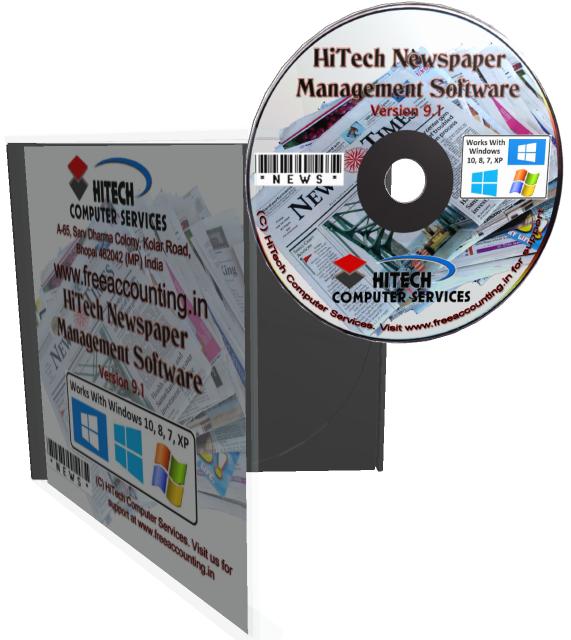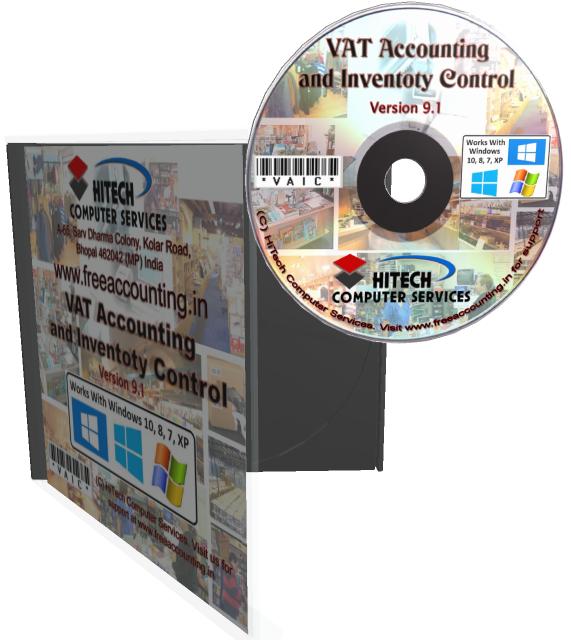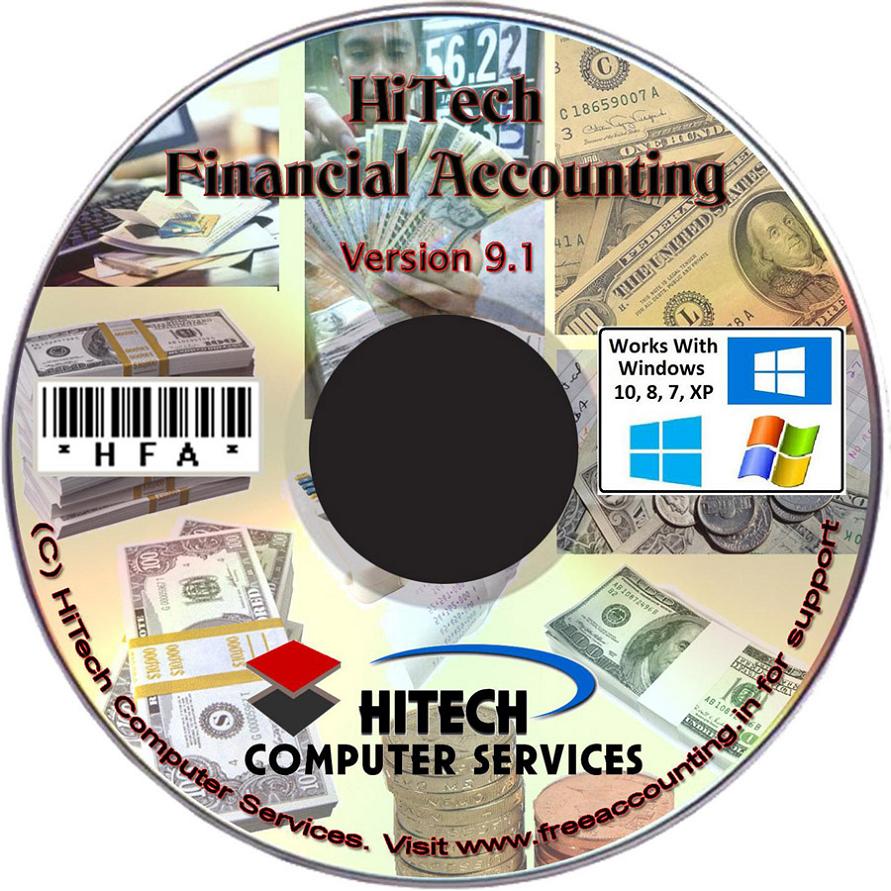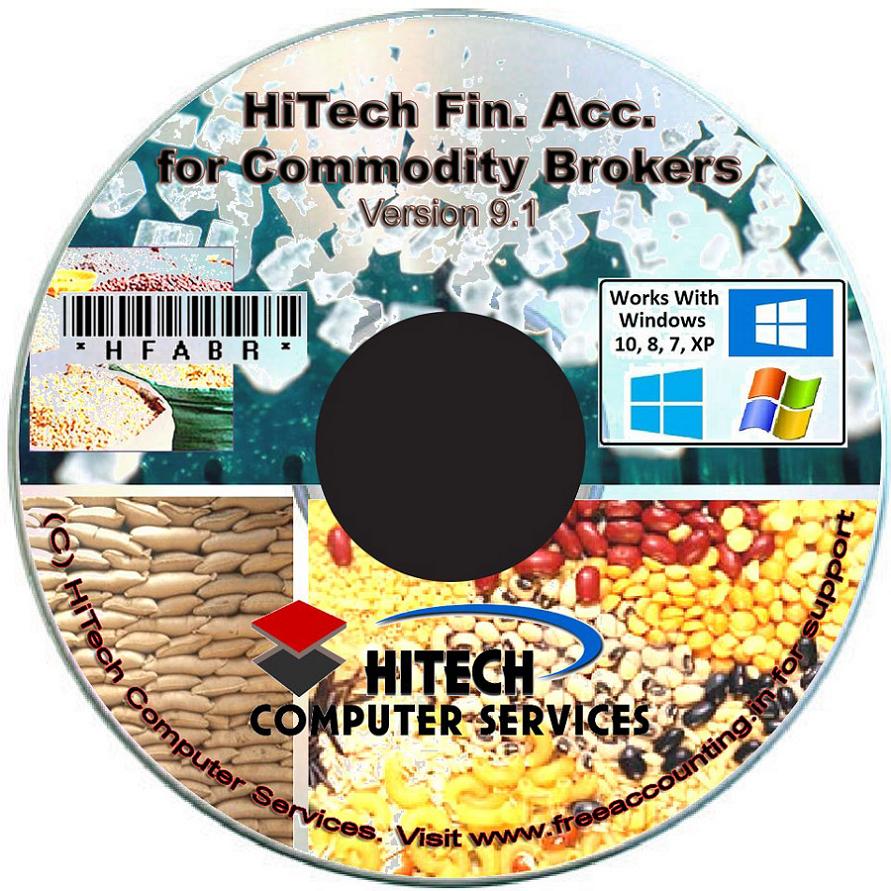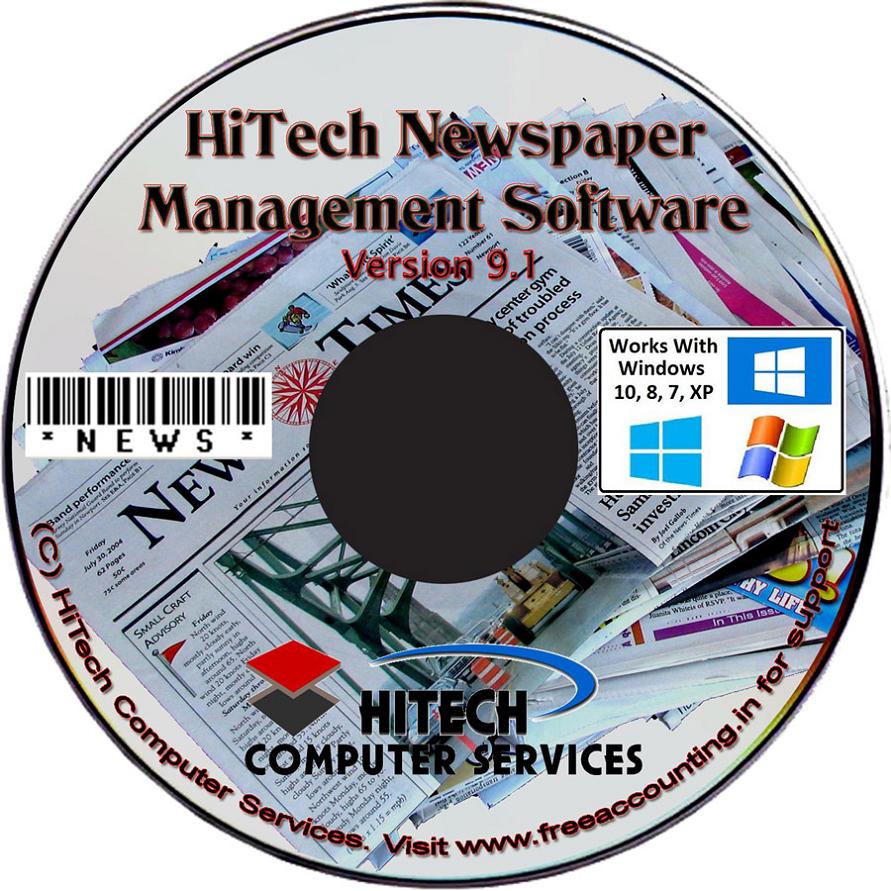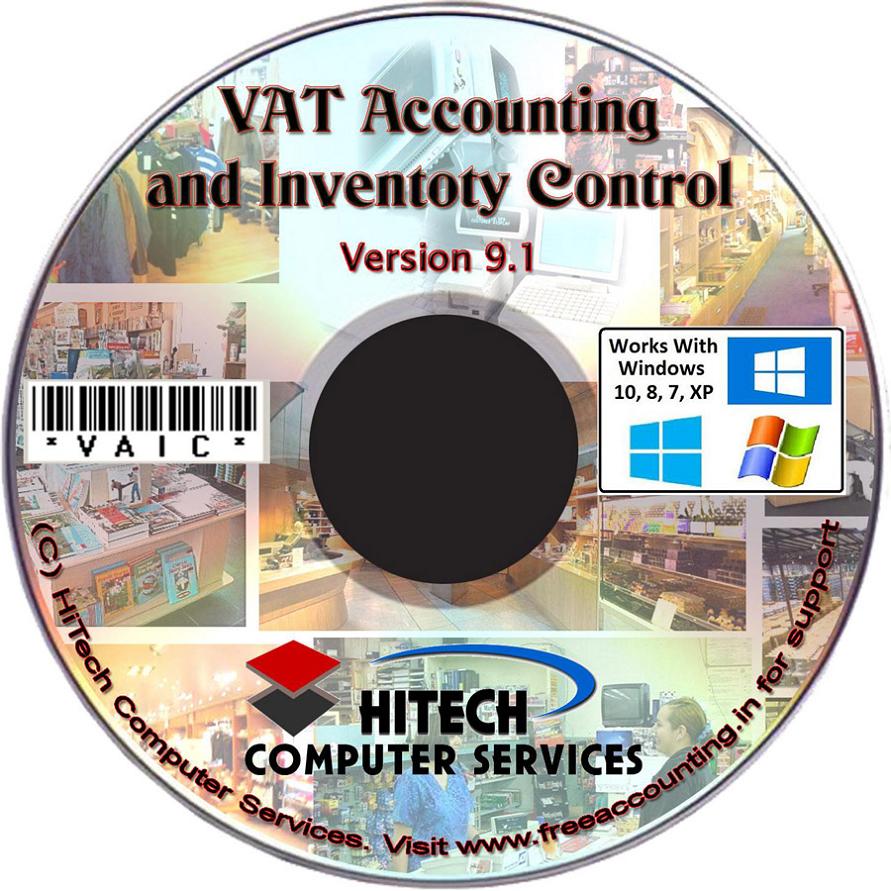Accounting Concepts
(1) Materiality
It refers to the relative
importance of an item or event. Those who make accounting decisions continually
confront the need to make judgments regarding materiality. Is this item large
enough for users of the information to be influenced by it? The essence of the
materiality concept is : the omission or misstatement of an item is material if,
in the light of surrounding circumstances, the magnitude of the item is such
that it is probable that the judgment of a reasonable person relying on the
report would have been changed or influenced by the inclusion or correction of
the item.
(2) Accounting period
Though accounting practice believes
in continuing entity concept i.e. life of the business is perpetual but still it
has to report the 'results of the activity undertaken in specific period
(normally one year). Thus accounting attempts to present the gains or losses
earned or suffered by the business during the period under review. Normally, it
is the calendar year (1st January to 31st December) but in other cases it may be
financial year (1st April to 31st March) or any other period depending upon the
convenience of the business or as per the business practices in
country concerned.
Due to this concept it is necessary
to take into account during the accounting period, all items of revenue and
expenses accruing on the date of the accounting year. The problem confronting
this concept is that proper allocation should be made between capital and
revenue expenditure. Otherwise the results disclosed by the financial statements
will be affected.
(3) Realization
This concept emphasizes that profit
should be considered only when realized. The question is at what stage profit
should be deemed to have accrued? Whether at the time of receiving the order or
at the time of execution of the order or at the time of receiving the cash. For
answering this question the accounting is in conformity with the law (Sales
of Goods Act) and recognizes the principle of law i.e. the revenue is earned
only when the goods are transferred. It means that profit is deemed to have
accrued when 'property in goods passes to the buyer' viz. when sales are
affected.
(4) Matching
Though the business is a continuous
affair yet its continuity is artificially split into several accounting years
for determining its periodic results. This profit is the measure of the economic
performance of a concern and as such it increases proprietor's equity. Since
profit is an excess of revenue over expenditure it becomes necessary to bring
together all revenues and expenses relating to the period under review. The
realization and accrual concepts are essentially derived from the need of
matching expenses with revenues earned during the accounting period. The
earnings and expenses shown in an income statement must both refer to the same
goods transferred or services rendered during the accounting period. The
matching concept requires that expenses should be matched to the revenues of the
appropriate accounting period. So we must determine the revenue earned during a
particular accounting period and the expenses incurred to earn these revenues.
(5) Entity
According to this concept, the task
of measuring income and wealth is undertaken by accounting, for an identifiable
Unit or Entity: The unit or entity so identified is treated different and
distinct from its owners or contributors. In law the distinction between owners
and the business is drawn only in the case of joint stock companies but in
accounting this distinction is made in the case of sole proprietor and
partnership firm as well. For example, goods used from the stock of the
business for business purposes are treated as a business expenditure but similar
goods used by the proprietor i.e. owner for his personal use are treated as his
drawings. Such distinction between the owner and the business unit has helped
accounting in reporting profitability more objectively and fairly. It has also
led to the development of "responsibility accounting" which enables us to find
out the profitability of even the different sub-units of the main
business.
(6) Stable Monetary Unit
Accounting presumes that the
purchasing power of monetary unit, say Rupee, remains the same throughout. For
example, the intrinsic worth of one Rupee is same and equal in the year 1,800
and 2,000 thus ignoring the effect of rising or falling purchasing power of
monetary unit due to deflation or inflation. In spite of the fact that the
assumption is unreal and the practice of ignoring changes in the value of money
is now being extensively questioned, still the alternatives suggested to
incorporate the changing value of money in accounting statements viz., current
purchasing power method (CPP) and current cost accounting method (CCA) are in
evolutionary stage. Therefore, for the time being we have to be content with the
'stable monetary unit' concept.
(7) Cost
This concept is closely related to
the going concern concept. According to this, an asset is ordinarily recorded in
the books at the price at which it was acquired i.e. at its cost price.
This 'cost' serves the basis for the accounting of this asset during the
subsequent period. This' cost' should not be confused with 'value'. It must be
remembered that as the real worth of the assets changes from time to time, it
does not mean that the value of such an assets is wrongly recorded in the books.
The book value of the assets as recorded do not reflect their real value. They
do not signify that the values noted therein are the values for which they can
be sold. Though the assets are recorded in the books at cost, in course of time,
they become reduced in value on account of depreciation charges. In certain
cases, only the assets like 'goodwill' when paid for will appear in the books at
cost and when nothing is paid for, it will not appear even though this asset
exists on name and fame created by a concern. Therefore, the values attached to
the assets in the balance sheet and the net income as shown in the Profit and
Loss account cannot be said to reflect the correct measurement of the financial
position of an undertaking, as they do not have any relation to the market value
of the assets or their replacement values. This idea that the transactions
should be recorded at cost rather than at a subjective or arbitrary value is
known as Cost Concept. With the passage of time, the market value of fixed
assets like land and buildings vary greatly from their cost. These changes or
variations in the value are generally ignored by the accountants and they
continue to value them in the balance sheet at historical cost. The principle of
valuing the fixed assets at their cost and not at market value is the underlying
principle in cost concept. According to them, the current values alone will
fairly represent the cost to the entity. The cost principle is based on the
principle of objectivity. The supporters of this method argue so long as the
users of the financial statements have confidence in the statements, there is no
necessity to change this method.
(8) Conservatism
This concept emphasizes that profit
should never be overstated or anticipated. Traditionally, accounting follows the
rule "anticipate no profit and provide for all possible losses. For example, the
closing stock is valued at cost price or market price, whichever is lower. The
effect of the above is that in case market price has come down then provide for
the 'anticipated loss' but if the market price has gone up then ignore the
'anticipated profits'.
Critics point out that conservation
to an excess degree will result in the creation of secret reserve. This will be
quite contrary to the doctrine of disclosure. However, conservatism to a
reasonable degree may not come in for criticism.
Accounting Equation
Dual concept may be stated as "for
every debit, there is a credit." Every transaction should have two sided effect
to the extent of same amount. This concept has resulted in Accounting Equation
which states that at any point of time the assets of any entity must be equal
(in monetary terms) to the total of owner's equity and outsider's liabilities.
This may be expressed in the form of equation:
A-L = P
where
A stands for assets of the
entity;
L stands for liabilities
(outsider's claims) of the entity; and
P stands for Proprietor's claim
(Capital) on the entity.
(The form of presentation of
equation A-L = P is consistent with the legal interpretation of financial
position. Thus it emphasizes that properly speaking the proprietary claim is the
balance after providing for outsider's claims against the business from the
total assets of the business).





 VAT Ready
VAT Ready






